Vertical screw conveyors are often components in conveyor systems, attached to vats, bins, ovens, hoppers, silos and horizontal screw conveyors. They are most needed when material must be carried from a receptacle low to the ground to one that is very tall. Instead of inclined screw conveyors, which require a lot of room, vertical screw conveyors are space saving and allow both containers to be very close to one another.
They are used in the food, chemical, mineral processing, wood products, wastewater treatment and agricultural industries to transport a wide variety of materials, usually raw, from one place to another. These include liquids, pastes, loose material, flakes, grain and powders. Because they often come in contact with edible material, vertical screw conveyors are usually made out of stainless or carbon steel, which are both sterile, non-contaminating, abrasion-resistant and have a smooth exterior.
Since vertical screw conveyors usually handle substances that contain dust or vapor, they are always totally enclosed in tubing so they do not lose any material. The tubular metal housing contains the rotating screw shaft and has an inclined spout at the top, along with an inlet at the bottom, which may be offset to either side. Compared to their main alternatives, bucket elevators and pneumatic conveying systems, vertical screw conveyors are lower maintenance. They have the smallest dimensions, fewer spare parts and the best price to performance ratio.
The bottom of a screw conveyor is composed of an inlet hopper into which the material is fed, a stuffing box, gear box, coupling and bearing housing. The material makes its way into the stuffing box and onto the rotating screw shaft, which carries it upwards to be discharged into a bin or silo. This is a very economical method of transporting loose material from one place to another, and it is used for many different applications that span a wide variety of industries.
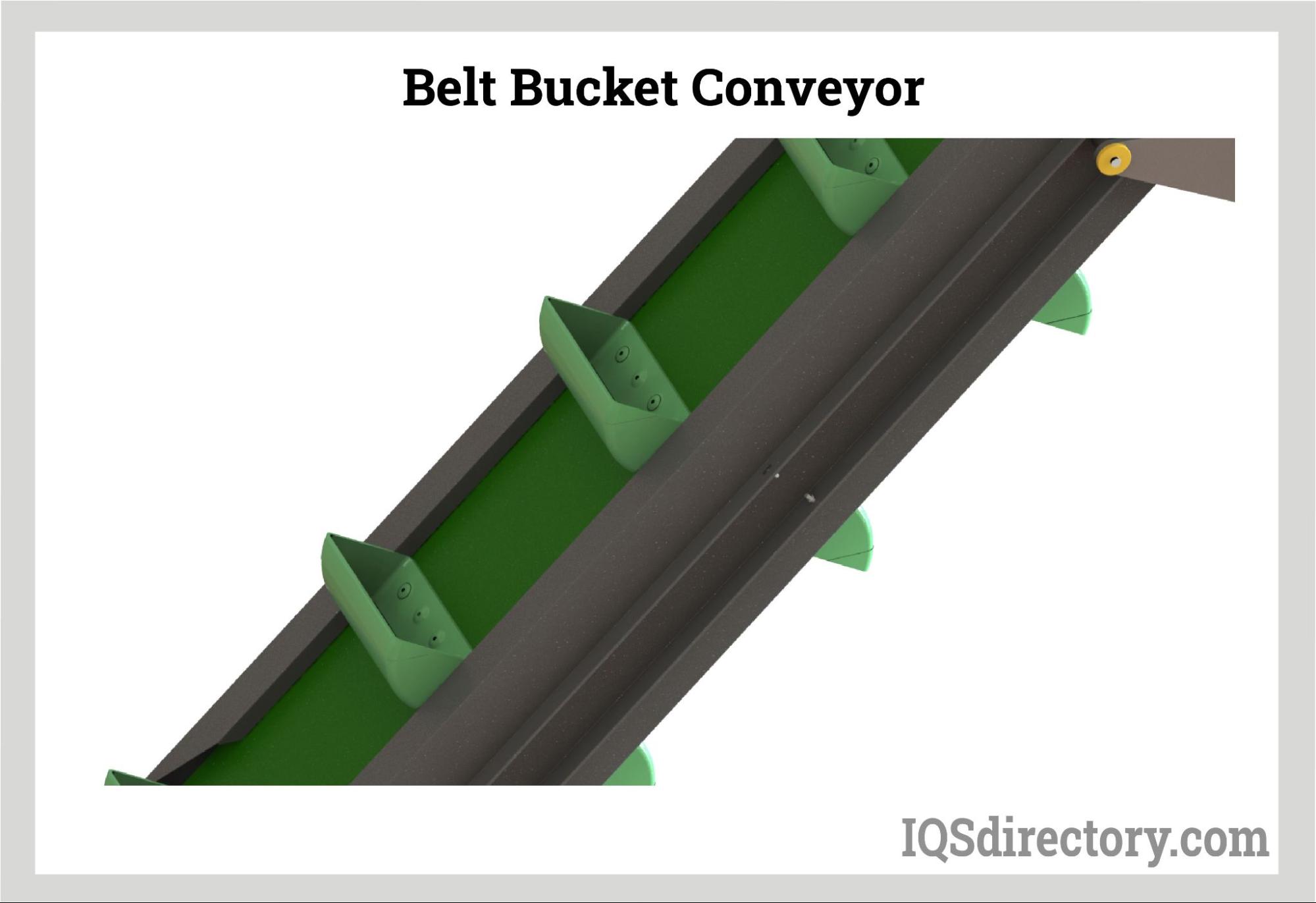
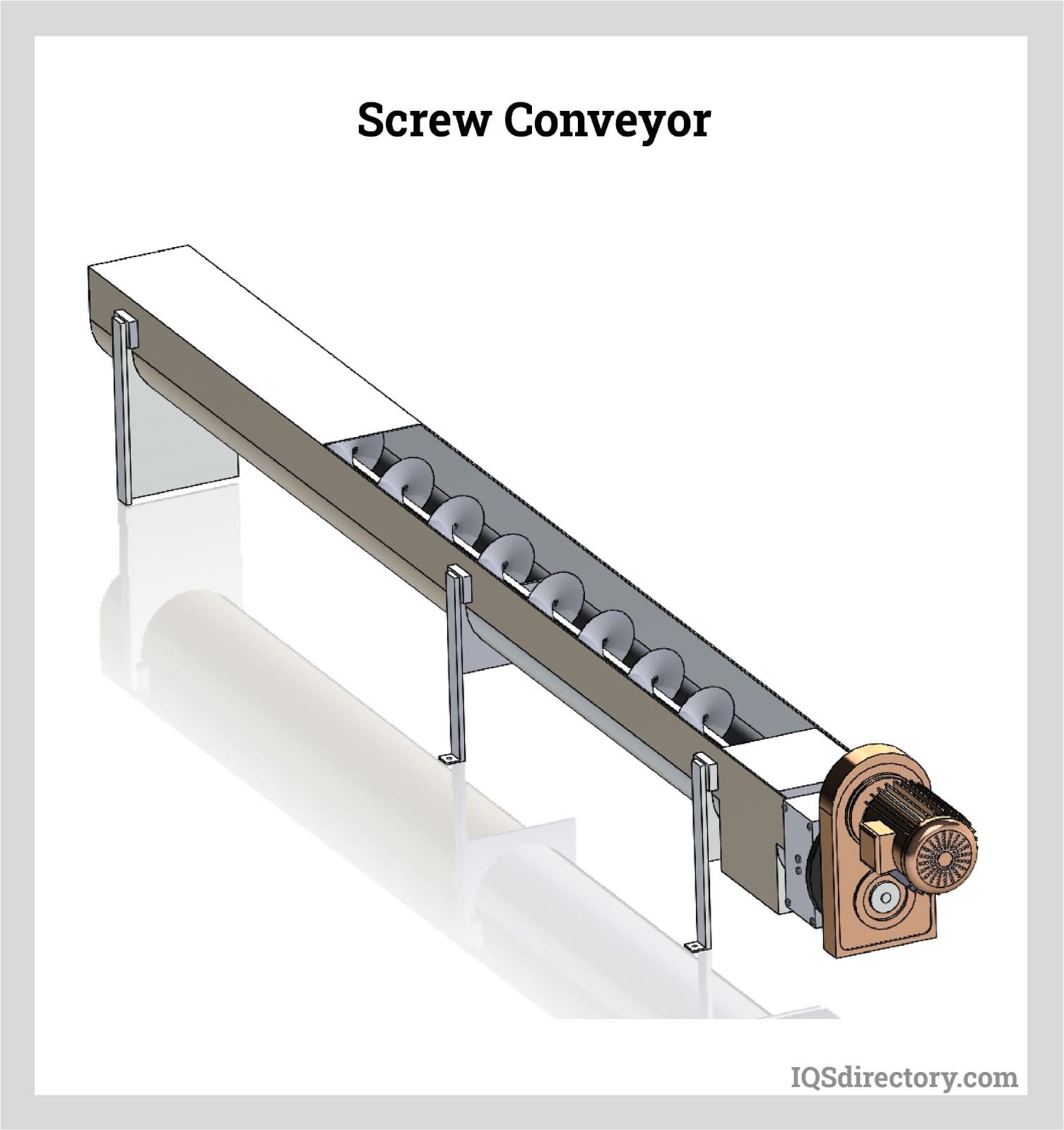

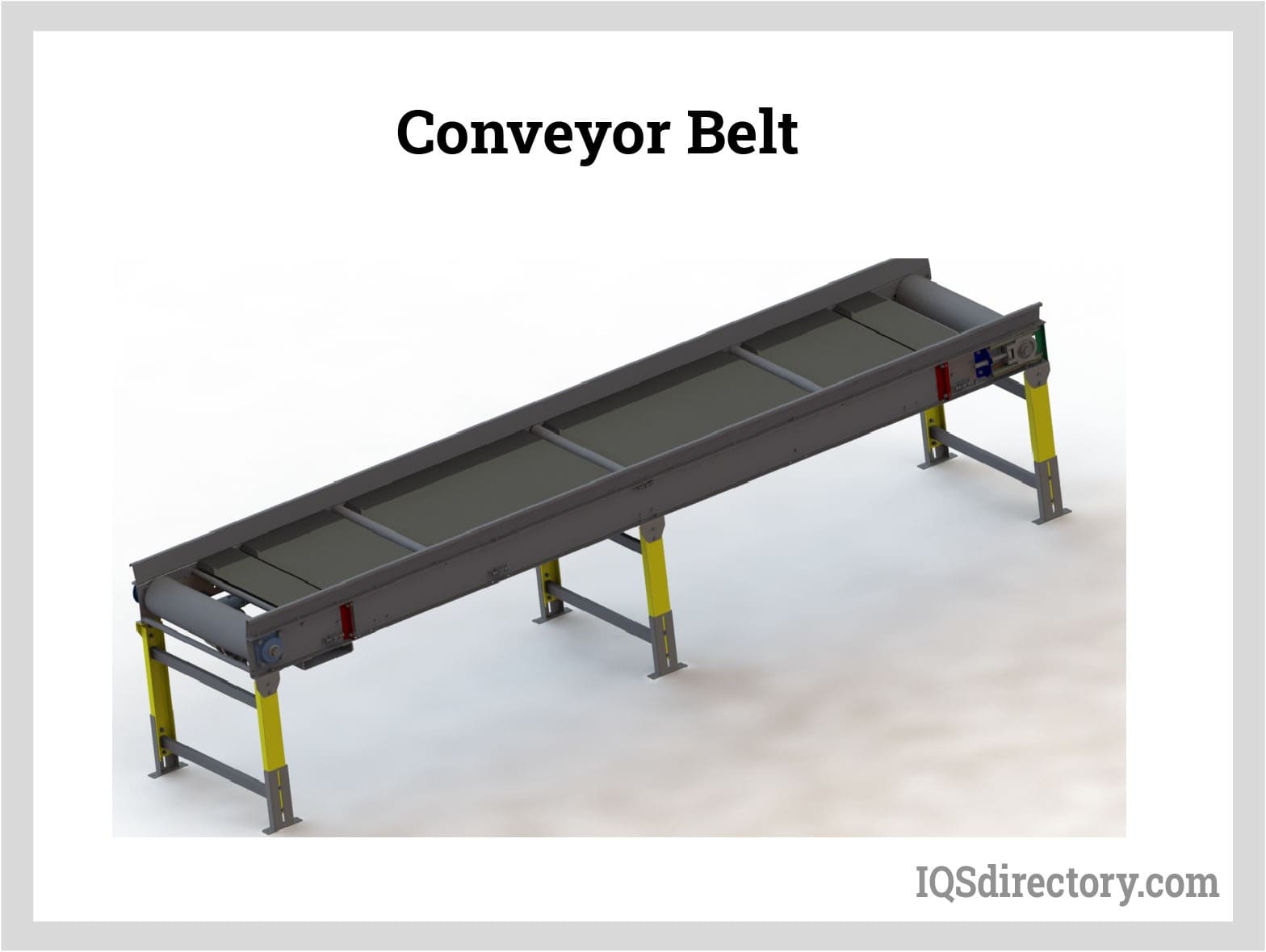
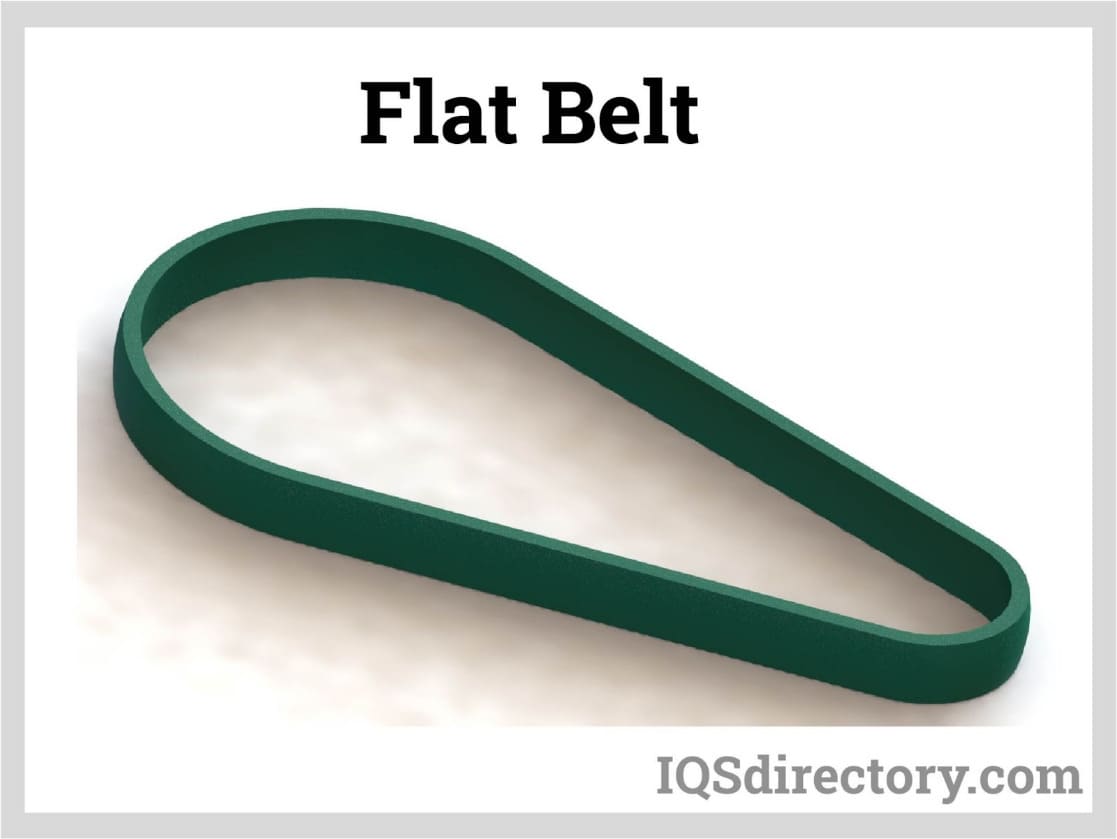
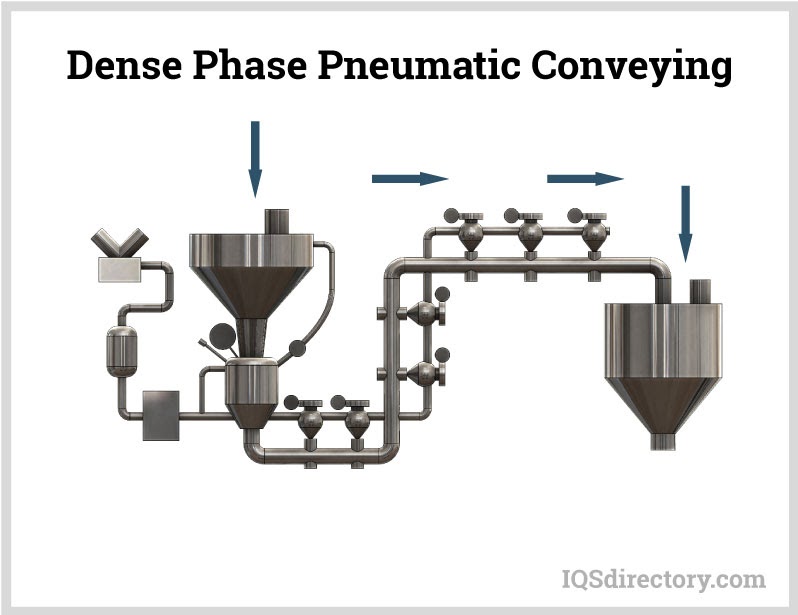
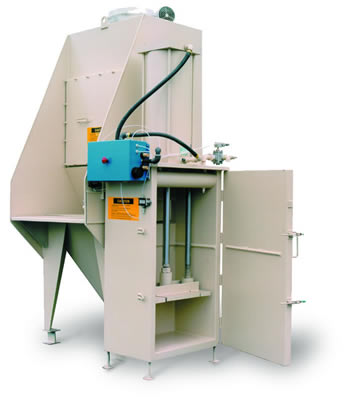 Bulk Bag Handling
Bulk Bag Handling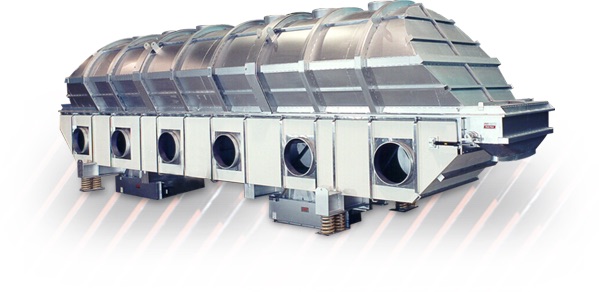 Industrial Dryers
Industrial Dryers Mixers & Blenders
Mixers & Blenders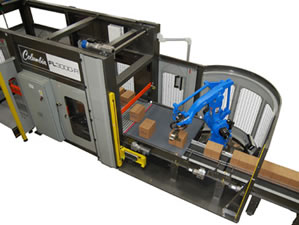 Palletizers
Palletizers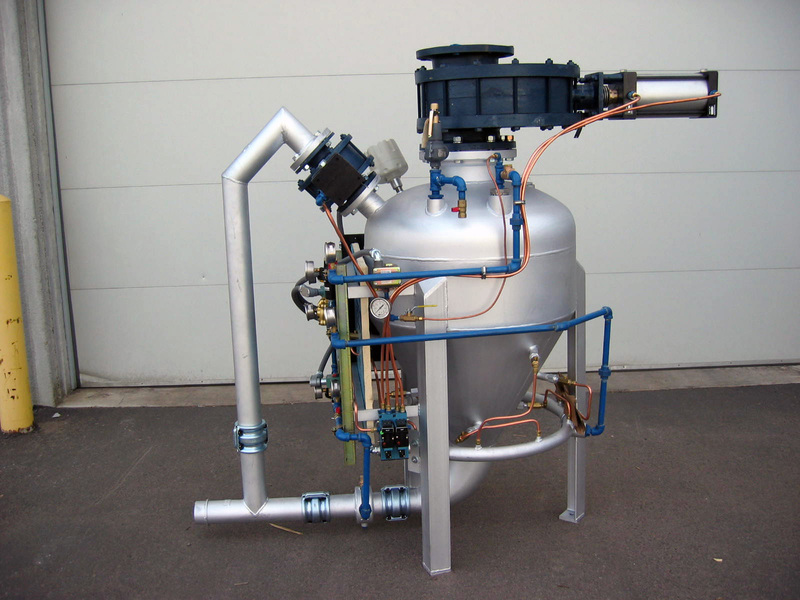 Pneumatic Conveyors
Pneumatic Conveyors Screw Conveyors
Screw Conveyors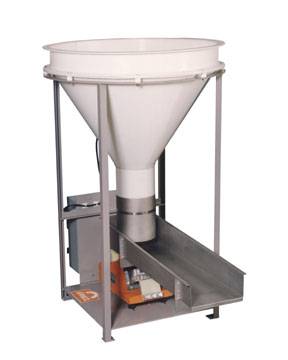 Vibratory Feeders
Vibratory Feeders Weighing Systems & Scales
Weighing Systems & Scales Castings & Forgings
Castings & Forgings Bulk Material Handling
Bulk Material Handling Electrical & Electronic Components
Electrical & Electronic Components Flow Instrumentation
Flow Instrumentation Hardware
Hardware Material Handling Equipment
Material Handling Equipment Metal Cutting Services
Metal Cutting Services Metal Forming Services
Metal Forming Services Metal Suppliers
Metal Suppliers Motion Control Products
Motion Control Products Plant & Facility Equipment
Plant & Facility Equipment Plant & Facility Supplies
Plant & Facility Supplies Plastic Molding Processes
Plastic Molding Processes Pumps & Valves
Pumps & Valves Recycling Equipment
Recycling Equipment Rubber Products & Services
Rubber Products & Services